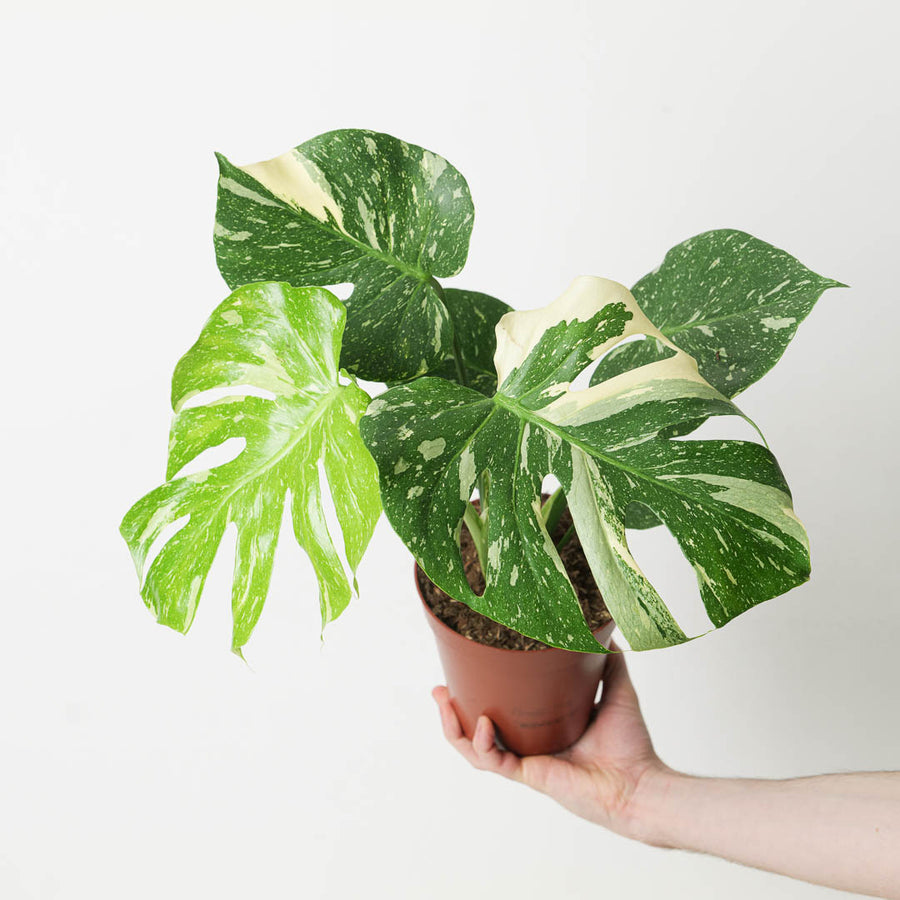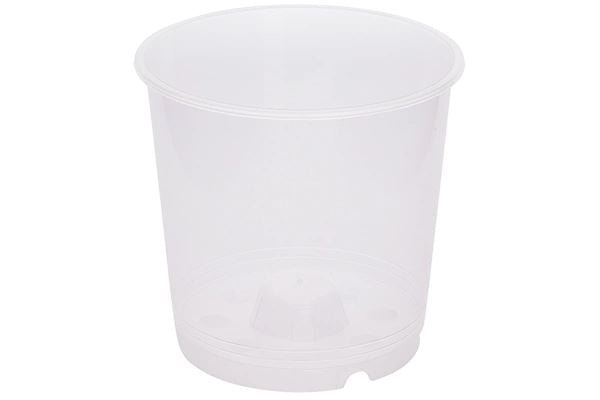Zamioculcas | ZZ Plant
Zamioculcas zamiifolia, commonly known as the ZZ Plant, is a hardy, low-maintenance houseplant native to Eastern Africa, from Kenya to South Africa. It is found growing naturally in dry forests and grasslands, where it has adapted to survive in nutrient-poor, rocky soils and endure periods of drought.
The ZZ has has gained immense popularity due to its ability to thrive in low light and withstand periods of neglect, making it perfect for beginners and busy plant owners.
This mini guide will explain everything you need to know about caring for your ZZ Plant, from lighting and watering to repotting and troubleshooting common issues.
💡 Did You Know? ZZ Plants have underground rhizomes that store water, allowing them to survive drought conditions. This makes them one of the most resilient houseplants available!
What Lighting Do ZZ Plants Prefer?
ZZ Plants are incredibly adaptable and can tolerate a wide range of lighting conditions. However, they thrive best in bright, indirect light. They can also survive in low-light environments, making them ideal for offices and rooms with minimal natural light. Avoid prolonged direct sunlight, as it can scorch the leaves.
How Often Should I Water My ZZ Plant?
Due to their drought-tolerant nature, ZZ Plants require minimal watering. Water only when the top 2-3 inches of soil are completely dry. Typically, this means watering every 2-3 weeks, but frequency may vary depending on light and humidity levels. Overwatering is the most common cause of problems, leading to root rot.
ZZ Plants can tolerate a wide range of humidity levels but prefer moderate indoor humidity (40-50%).
When Should I Repot My ZZ Plant?
ZZ Plants have slow-growing root systems and don’t require frequent repotting. Repot every 2-3 years or when roots start pushing out of the pot. Choose a container with drainage holes to prevent excess moisture buildup.
What Potting Mix is Best for ZZ Plants?
A well-draining mix is crucial to prevent root rot. We highly recommend using a simple Cacti houseplant mix like our Simply Cacti or Dessert Mix.

Do I Need to Feed My ZZ Plant?
ZZ Plants are low-maintenance when it comes to feeding. During the growing season (spring and summer), feed with a diluted balanced liquid fertiliser once a month. Reduce feeding in fall and winter when growth slows.
Common Issues When Growing ZZ Plants
-
Yellowing leaves: Often a sign of overwatering. Allow the soil to dry out before watering again.
-
Wrinkled or drooping leaves: Indicates underwatering. Give the plant a deep watering and adjust your watering schedule.
-
Leggy growth: Caused by low light. Move to a brighter location for more compact growth.
-
Brown leaf tips: May be due to dry air or over-fertilization. Increase humidity or reduce feeding frequency.
-
Pests: ZZ Plants are relatively pest-resistant, but occasionally, spider mites or mealybugs may appear. Learn how to properly deal with pests here.
Is the ZZ Plant Toxic to Pets?
Yes, ZZ Plants are toxic to pets and humans if ingested. Keep them out of reach of children and animals, and wash hands after handling the plant, as the sap can cause mild skin irritation.

Need More Help with Your ZZ Plant and Houseplants?
Whether you're troubleshooting an issue or looking for care tips, we're here to help! Simply drop us an email at hello@growtropicals.com.





